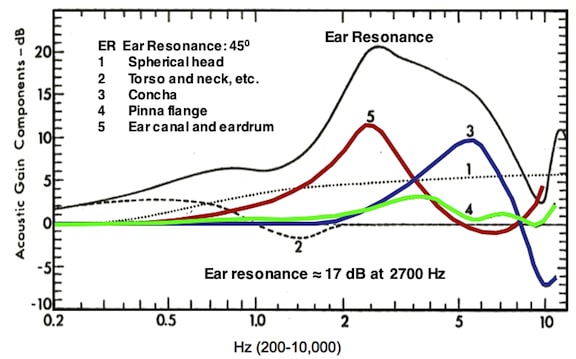It's true we have to draw our own subjective opinions of headphones. I place more faith in measurements vs a persons reported experience though. Having said that K702 is one of my most favourite headphones, and it doesn't measure too well - albeit I used measurements to optimise it for channel balance along with one of my K702 being measured by Oratory gave me a unique opportunity to be very certain about what the measured frequency response of my actual unit was (removing unit to unit variation variable) - so therefore with EQ to Harman Curve it is about as valid as can be in terms of knowing what measured frequency response you have for your particular unit of headphone. It's probably one of my most favourite headphones likely because all those variables of variation have been ironed out, combined with being large comfortable earcups which seem to create a large soundstage, and measured distortion is not great but ok at the volumes I listen at. K702 has also been shown to have low variation when worn from person to person in terms of the headphone coupling being quite reliable from one person's anatomy to the next. I think what I'm getting at is that frequency response that is actually received at the listeners eardrum is the most important thing, and there are so many factors that can prevent that from being reliable/predictable that it can be a bit of a crap shoot with headphones (when comparing them) - to some extent I think a person has to luck out with the frequency response that they actually receive at their ears when they're talking about the best headphone they possess. I mean I've got 4 units of K702 and I've measured all of them and channel balanced all of them with EQ and EQ'd them all to Harman Curve and I still think there's one of the units that sounds the best to me! So I think there's an element of luck involved, both in choosing the model of headphone that works best with your anatomy in terms of comfort and also the unique coupling that it has to your anatomy which will influence the frequency response that ends up at your eardrum, but also luck within the model of headphone you've chosen in terms of unit to unit variation.....which is also why it's good to choose a headphone that is likely or proven to some degree to have low unit to unit variation. This is all with focus on absolute fine tuning of sound for best possible experience, but it's also true that every headphone improves with EQ to Harman in my experience (as that's my preference for the target), just that to really fine tune your sound for best experience does seem to require a bit of "luck"! This has repercussions when people compare their own headphones and cite their favourites (especially if they have all been EQ'd to supposedly the same curve).I have both the HD560S and S5X (and many other headphones). The S5X simply is the better headphone. I can't make any more or less of it.
For studios there is the possibility to fine-tune the headphone sound which makes use of individual measurements of that particular headphone (S5X v1.2) in the DAW where simulations exist for certain studios.
EDIT: With all of that previous paragraph in mind as a disclaimer/tamer/perspectifier(lol), the New Version HD560s frequency response would be better for me than what's listed here with Ollo.
Last edited:


